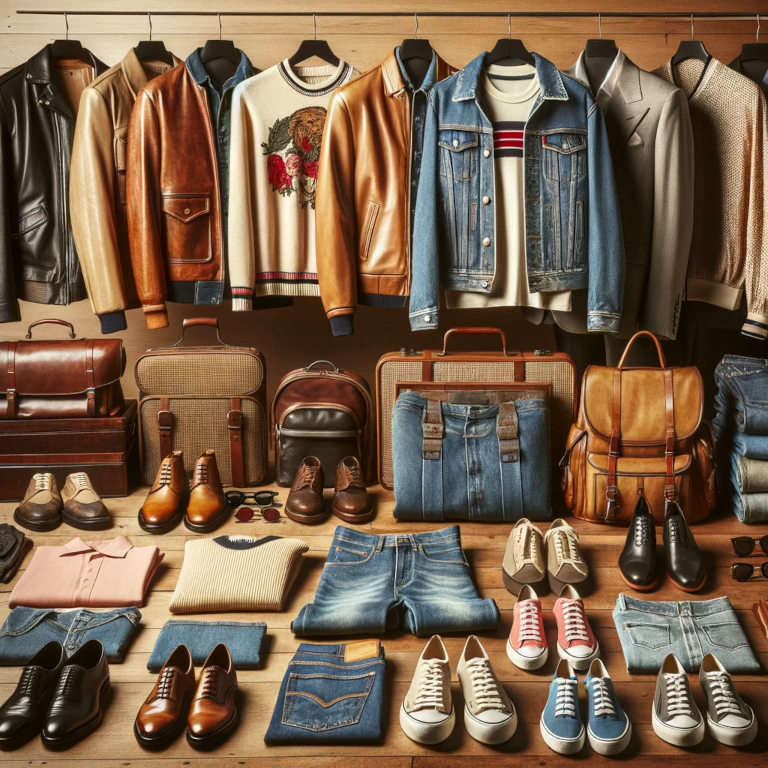Vintage fashion isn’t just about revisiting the past; it’s about redefining the future of style with sustainability and uniqueness at its core. This article explores the enduring appeal of vintage fashion and how incorporating these classic pieces can transform your wardrobe in terms of both style and environmental impact.
What is Vintage Fashion?
Vintage fashion refers to clothing and accessories that are at least 20 to 100 years old, representing the styles of past eras. It’s a broad category that spans various decades, each with its distinct fashion identity, from the flapper dresses of the 1920s to the bohemian vibes of the 1970s.
Why Choose Vintage Fashion?
- Sustainability: Vintage clothing is an eco-friendly alternative to fast fashion. By purchasing vintage, you help reduce the demand for new clothing production which is often associated with environmental degradation.
- Quality and Craftsmanship: Older garments are often well-made with attention to detail. They were constructed to last, using high-quality fabrics and techniques that are rare in today’s fast fashion industry.
- Uniqueness: Vintage items are unique, often one-of-a-kind pieces that can help you stand out. Wearing vintage ensures a distinctive style that’s hard to replicate with off-the-rack clothing.
- Historical Significance: Each piece tells a story. Wearing vintage allows you to preserve history and connect with the past in a personal and meaningful way.
- Value Appreciation: Unlike typical fashion purchases, vintage pieces can increase in value over time, making them a potential investment.
How to Incorporate Vintage Fashion Into Your Wardrobe
- Start Small: If you’re new to vintage, start by integrating accessories like scarves, hats, or jewelry into your current wardrobe to add a touch of vintage flair without overwhelming your style.
- Mix and Match: Combine vintage pieces with modern clothing for a balanced look. This approach keeps your outfit grounded in the present while celebrating the past.
- Know Your Sizes: Sizing can vary significantly in vintage clothing. Always check measurements rather than relying on modern sizing labels.
- Condition Matters: Look for items in good condition or those that require minimal repairs. Quality is key to ensuring your vintage pieces last and remain wearable.
Where to Find Vintage Fashion
- Vintage Shops and Boutiques: These specialized shops are curated and often have knowledgeable staff to help you understand the era and quality of the pieces.
- Online Marketplaces: Websites dedicated to vintage and second-hand clothing can offer a broader range of options and prices.
- Estate Sales, Auctions, and Flea Markets: These venues can be excellent sources for finding unique vintage pieces at competitive prices.
Caring for Vintage Fashion
Preserving the quality of vintage clothing is crucial. Follow best practices such as using gentle detergents, avoiding the dryer, and storing items in breathable materials. Regular maintenance can help extend the life of these precious garments.
Vintage fashion offers an enriching sartorial experience that champions individuality, sustainability, and historical appreciation. Whether you’re a seasoned collector or a fashion enthusiast looking to dip your toes into the world of vintage, the charm of past eras offers endless possibilities to enhance your wardrobe in style.






